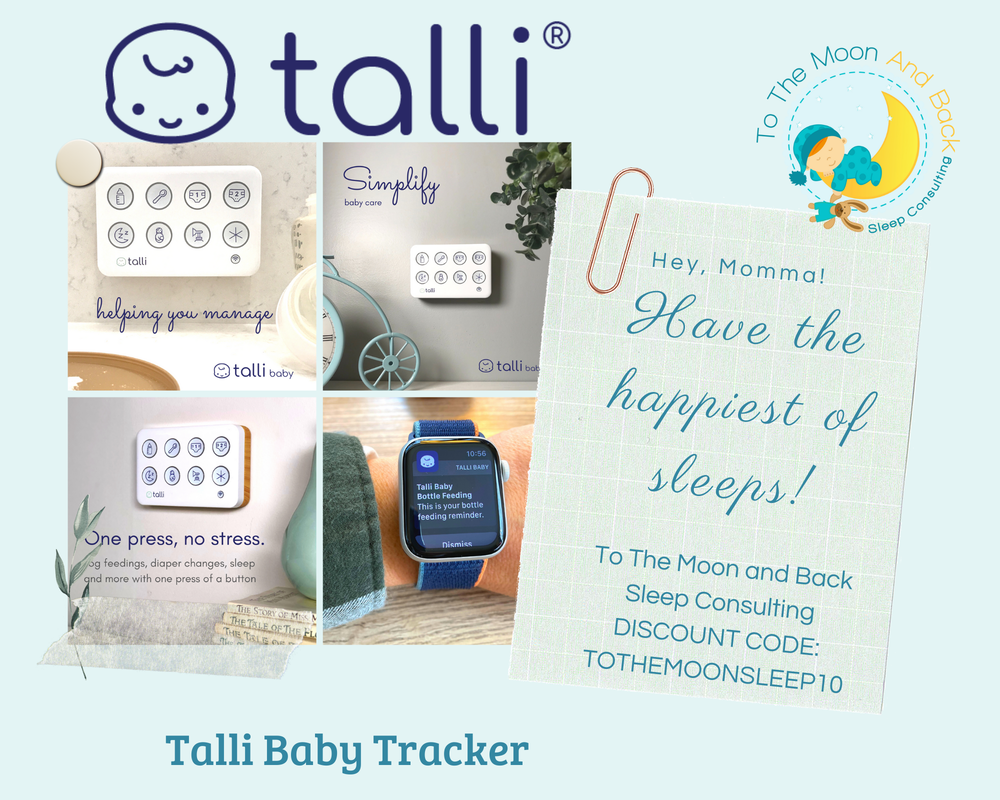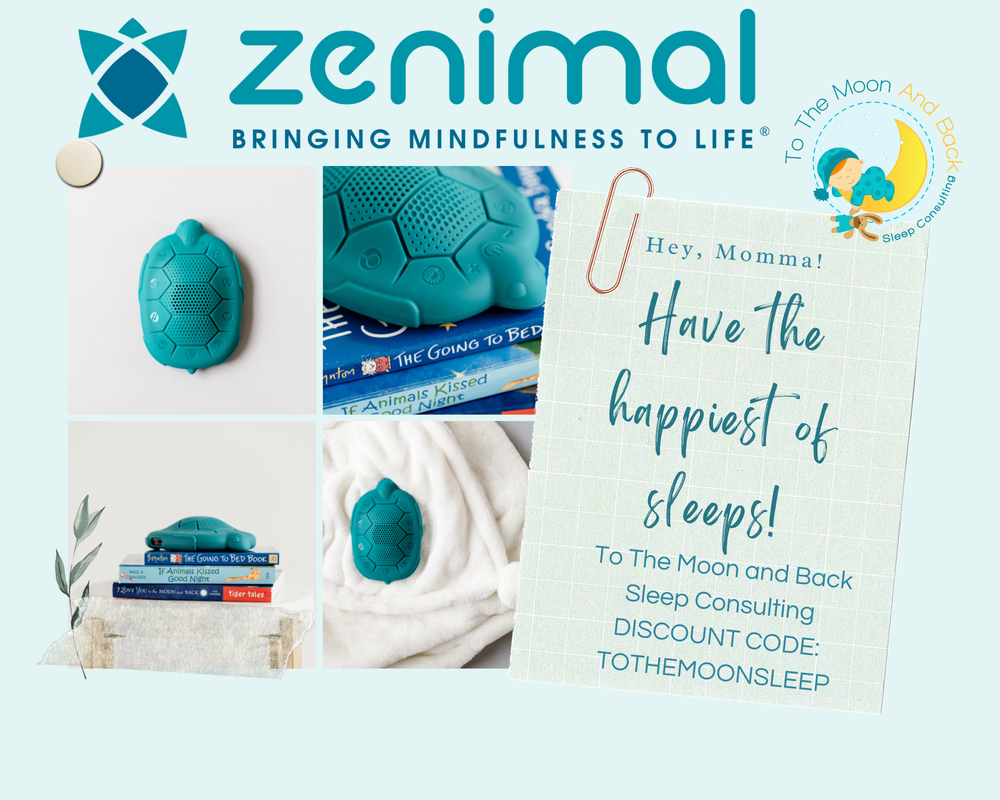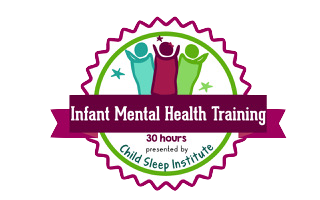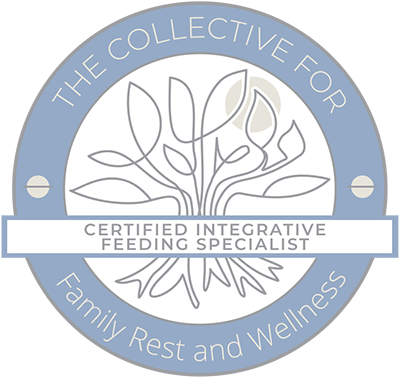Setting Boundaries: The Crucial Role of Consequences for Toddler and Pre-school Development11/1/2023 Introduction Navigating through the often turbulent waters of parenting can be both a joy and a challenge, especially during the developmental stages of toddlers and preschoolers. A significant facet of parenting during these crucial years revolves around implementing consequences and setting clear boundaries for young children. But why is this so important, and how does it impact a child’s development? What are Consequences? Consequences, in the realm of parenting and child development, refer to the outcomes or results that naturally follow a specific behaviour or action. They can be both positive and negative, intended to either encourage or discourage particular behaviours in children. For instance, a child might receive praise (a positive consequence) for sharing toys or experience a timeout (a negative consequence) for hitting a sibling. The Importance of Consequences 1. Development of Self-Regulation: Consequences help children develop self-regulation, which is pivotal for emotional, social, and cognitive development. A study by Eisenberg, Spinrad, and Eggum (2010) highlights the importance of self-regulation in early childhood for adaptability, social competence, and academic performance. 2. Understanding Cause and Effect: Consequences allow children to make the connection between their actions and outcomes, understanding the cause-and-effect relationship. This comprehension aids in developing reasoning skills and moral understanding (Kochanska, Aksan, Prisco, & Adams, 2008). 3. Establishing Security through Boundaries: Boundaries and consistent consequences offer a sense of security. Knowing the limits and what’s expected of them provides children with a safe, predictable environment in which they can explore and learn. Setting Boundaries with Compassion Implementing consequences doesn’t imply harshness. It is paramount to approach boundary-setting with understanding, clarity, and empathy. By explaining the reasons behind the boundaries and expressing love and reassurance even when enforcing consequences, children learn that while their behaviour might not be acceptable, they are always loved and valued. The Natural Outcome: Navigating Through Emotions It’s natural and healthy for children to exhibit a range of emotions in response to consequences, including sadness or frustration. Being upset about a consequence is a part of understanding its impact and making different choices in the future. As parents, it’s essential to validate their emotions and offer comfort while staying firm in enforcing boundaries. Dr. Becky Bailey, an expert in childhood education and developmental psychology, emphasizes the importance of recognizing and validating children’s emotions while maintaining consistency in enforcing consequences. Assuring Parents: Consistency is Key It’s crucial to acknowledge the emotional labour involved in consistent parenting. Enforcing consequences and watching your child navigate through those difficult emotions can be challenging. But remember, by doing so, you’re nurturing a secure and stable environment that will foster resilience and emotional intelligence in your child. Conclusion Implementing consequences and establishing clear boundaries for toddlers and preschoolers isn’t just a disciplinary action. It’s a carefully crafted tool that aids in sculpting their understanding of the world, enhancing their emotional intelligence, and fostering an environment where they can thrive and navigate through life’s challenges effectively. Rest assured, dear parents, your consistency and loving boundaries pave the way for their fruitful future. References Eisenberg, N., Spinrad, T. L., & Eggum, N. D. (2010). Emotion-related self-regulation and its relation to children’s maladjustment. Annual Review of Clinical Psychology, 6, 495–525. Kochanska, G., Aksan, N., Prisco, T. R., & Adams, E. E. (2008). Mother-child and father-child mutually responsive orientation in the first 2 years and children’s outcomes at preschool age: Mechanisms of influence. Child Development, 79(1), 30-44. Bailey, R. A. (2001). Conscious Discipline: 7 Basic Skills for Brain Smart Classroom Management. Oviedo, FL: Loving Guidance. AuthorErin Neri - Certified Pediatric Sleep Consultant and Owner of To The Moon and Back Sleep Consulting since 2016. Quick, without looking it up, what’s the opposite of “nocturnal?” We all know what nocturnal means, right? Animals that sleep in the day and do most of their activities at night, bats, owls, and raccoons being some familiar examples. It always surprises me that we’re not nearly as familiar with the term diurnal (that’s the answer, in case you didn’t know.) since, as humans, that’s what we are.
Our eyes don’t adapt to the dark all that well, we don’t have the echolocation skills of the bat, and we rely on the sun for our vitamin D. Since evolution is a painfully slow process, that’s the way it’s going to be for another couple million years, at least. But there are some really sweet benefits that come with being daytime creatures, and one of my favourites is a little thing called the circadian rhythm. The circadian rhythm, as you may already know, is the internal clock in the human body that prompts us to wake up in the morning and go to sleep at night, and much like a clock, it has a LOT of moving parts, only instead of gears and springs, it’s made up of stimuli and hormones. Two of these hormones are going to play the starring roles in our story, and those are melatonin and cortisol. If you’ve got a baby having a hard time sleeping, you have undoubtedly heard a lot about both of these guys. Melatonin is produced in the pineal gland of the brain, and its role is to help the body relax, both mentally and physically, and help us get to sleep and stay asleep. So when your baby gets an 11-12 hour stretch of glorious sleep, you can thank their pineal gland for firing up those melatonin pumps. But you can also thank the daylight because exposure to the sun stimulates melatonin production. Production, mind you. Not secretion. We’ll talk about that in a second, but the buildup of the hormone itself is stimulated by exposure to sunlight. So it’s not just an old wives tale. Getting your baby outside during the day really does help them sleep better at night! Once nighttime rolls around, the sun goes down, and our eyes stop taking in light, the brain responds by releasing those stores of melatonin that it built up during the day. That signals our muscles to relax, tells the brain to ease back on the thinking, and allows us to drift peacefully off to sleep, hopefully for a long, restful night. Come morning, the blue light from the sun starts to permeate the thin skin of our closed eyelids, signalling the brain that it’s time to get back into gear. After all, we’ve got hunting and gathering to do! So now our brain will help us get out of bed, shake off those cobwebs, and get on with our tasks for the day, and it will do that, in part, by telling our adrenal glands to pump out some cortisol. Now, cortisol gets a bad rap, in my opinion, because people associate it with stress. This is especially true if you have a baby at home because crying, stress, and cortisol all get packaged together in many modern conversations. “Baby’s crying? That’s because their cortisol levels are elevated, and it’s causing them stress. Or maybe it’s the other way around. They’re stressed, and that makes them cry, and that spikes their cortisol levels. Some combination of stress, cortisol, and crying. That’s your baby’s issue.” The truth is cortisol is a very beneficial hormone. It regulates metabolism, blood pressure, blood sugar, suppresses inflammation, and regulates the body’s stress response. It’s not some toxic stimulant that causes us to freak out. It has many benefits: it perks us up and keeps us alert during the day. This whole intricate dance between light and dark, cortisol and melatonin, awake and asleep, evolved over an incredibly long time, and it worked like magic up until, relatively speaking, very recently, when we discovered that we could pass an electric current along a filament and “artificially” illuminate our surroundings. Before that, we relied exclusively on fire, which emits very little blue light.
Depending on their hue, light bulbs emit quite a bit of it. And TVs, LEDs, computer monitors, iPads, smartphones, and all of those other screens that surround us today, absolutely flood our eyes with it. Unfortunately, all of that blue light coming at us in hours when we would normally be enveloped in darkness signals the brain that it’s still daytime and inhibits the release of melatonin, making it harder to get to sleep. Since we can’t reasonably get rid of all of the sources of blue light around us, the best thing to do for our little ones’ sleep is to turn off those really intense sources, like TVs and smartphones, a couple of hours before they go to bed, and make sure their sleeping area is as dark as we can get it. I’m talking real dark. Like, can’t see your hand in front of your face, kind of dark. Some blackout blinds can be a game changer, especially if you live somewhere where the days get exceptionally long in the summer. So that’s the story of the circadian rhythm and its daily heroic effort to keep us running at peak performance. It really is a fascinating little piece of our physiology, and with just a little support from our side, it can work wonders in getting us out of bed with energy and enthusiasm and helping us feel relaxed and peaceful when it’s time to sleep. Work with it instead of resisting it, and I guarantee you’ll start seeing and feeling the results immediately. Happy 2023, everybody! It’s a whole new year full of potential and opportunities! If you’re like me, when the calendar flips over, you set some lofty new goals to improve your quality of life. Get more exercise, eat healthier, land a new job, save some money, and spend more time with family; there’s no shortage of resolutions we can make to make ourselves and our families happier and healthier. Creating a “New Year’s resolution” has been around for hundreds of years. Sadly, around 88% of people seem to fall short of their resolution goals, but I have a great strategy to help you join the happy minority who set their intentions on January 1st and succeed. How? Well, you probably won’t be too surprised to hear that it involves sleep. (Surprise!) But don’t get the wrong idea! I’m looking at four of the most common, non-sleep-related new year’s resolutions and explaining how a good night’s sleep can scientifically maximize your chances of achieving each of them. So check it out! Here they are, along with the percentage of people who swear they’re going to achieve it on an average New Year’s Eve. Lose Weight - 40% If you’re not getting the recommended 7 hours of sleep per night, it might be affecting your ability to lose weight. That may seem a little counterintuitive to some people. After all, the more time we spend awake and active, the more calories we burn, right? The problem is that sleep plays a crucial role in moderating two vital hormones called ghrelin and leptin. Ghrelin sends hunger signals to your brain, and leptin does the opposite, signalling fullness and suppressing hunger. A 2004 study found that ghrelin levels were almost 15% higher in people who didn’t get enough sleep, and leptin levels were 15.5% lower, causing them to feel hungry more often. So if you’re determined to lose weight this year, getting enough sleep can go a long way to helping you reach that goal. Get more exercise - 52% Getting in shape is always an admirable goal. Getting your heart rate up, staying active, improving flexibility, and building strength are all excellent ways to help you stay healthy and feel your best. But if you’re not getting the sleep you need, getting motivated to hit the gym or go for a run can be a much more significant challenge than it needs to be. You’re likely to get tired out faster and not see the results as quickly as you would if you’re regularly enjoying a good night’s sleep. Sleep is the body’s regeneration phase, so even if you work out vigorously during the day, your muscles won’t regenerate bigger and stronger if you don’t get the recommended amount of sleep at night. Or, as the gym fanatics would put it, “You ain’t gonna see those gains, bro!” In short, getting the biggest return on the effort you put into your workout requires a good night’s sleep. Seeing those results is an excellent way to stay motivated. Spend more time with family - 37% We’re all looking to make the most of our time, but we also obviously have responsibilities that must be attended to. Whether you’re working a 9-5 job, running a small business, or a stay-at-home mom, by the time you’ve tackled everything that needs to be done in a day, there’s hardly any time to just get together as a family and enjoy each other’s company. We can’t increase the number of hours in a day, but we can increase our productivity, freeing up time to do the things we love, and to do so, all you need to do is get to bed on time. According to Dr. Michael Grandner, director of the Sleep and Health Research Program, “Many people believe that in order to get more done, they need to sacrifice sleep.” However, this study shows that, quite to the contrary, poor sleep is associated with lower productivity in general, and specifically across a wide range of areas.” So, simply put, even though you may be getting to bed earlier, that extra sleep will increase your productivity to the point where you’ll actually have more time during the day to spend doing the things you love. Eat Healthier - 50% Check this out. A 2013 study found that sleep deprivation led to significantly higher cravings for foods high in fat and/or sugar. You can check out the article for all the science-y stuff, but I’ll let the study’s authors explain it in layperson’s terms. “What we have discovered is that high-level brain regions required for complex judgments and decisions become blunted by a lack of sleep, while more primal brain structures that control motivation and desire are amplified. These results shed light on how the brain becomes impaired by sleep deprivation, leading to the selection of more unhealthy foods and, ultimately, higher rates of obesity.” So, getting enough sleep can actually make it easier for you to eat right. How great is that!? And there you have it, people. If you want to set yourself up for some new year’s resolution success, there’s one habit you can focus on that’ll make all the others much easier to achieve. Get to bed on time, turn off those screens at least an hour before you hit the hay, leave your phone in the living room, and take the time to wind down before bed. And if you’re not sleeping well because your little one is waking up at night, we should talk! Solving your baby’s sleep issues is the first step to solving your own, and I’ve helped hundreds of families do exactly that. Book your Free 20 Minute Sleep Evaluation now. AuthorErin Neri - Certified Pediatric Sleep Consultant and Owner of To The Moon and Back Sleep Consulting since 2016. One of the first things I ask my clients is if their little ones rooms are dark; and I mean is it 3 AM on a camping trip in the middle of nowhere dark? Is it as dark at 2 PM and 4 AM (in the summer months) as it is at Midnight in your child(ren)'s room? If not, that is one of my first recommendations, you need to make your little ones rooms black dark for all sleep situations, all year long. Having your child(ren)'s room dark has many benefits when it comes to sleep. Darkness can help prevent early morning wake ups, help prolong naps, as well as help to maintain much needed early bedtimes when the seasons change (and it's still daylight at 9pm); just to name a few. But it is clear that sleeping in darkness plays a much bigger role when it comes to our health. How? .... According to Richard G. "Bugs" Stevens (Professor, School of Medicine, University of Connecticut); "Today most people do not get enough sleep. The Centers for Disease Control and Prevention (CDC) has called insufficient sleep an epidemic. While we are finally paying attention to the importance of sleep, the need for dark is still mostly ignored. Being exposed to regular patterns of light and dark regulates our circadian rhythm. Disruption of this rhythm may increase the risk of developing some health conditions including obesity, diabetes and breast cancer." In addition Stevens points out that; "light regulates our sleep and wake patterns. The physiological processes that control the daily cycle of sleep and wake, hunger, activity levels, body temperature, melatonin level in the blood, and many other physiological traits are called the endogenous circadian rhythm." Why is this so important? Stevens goes on to explain that; "during the night, in the dark, body temperature drops, metabolism slows, and the hormone melatonin rises dramatically. When the Sun comes up in the morning, melatonin has already started falling, and you wake up. This natural physiological transition into and out of night is of ancient origin, and melatonin is crucial for the process to proceed as it should." Read Stevens full article here. So what do we do? BLACKOUT those windows!! Of course there are many ways to do this. Usually regular old blinds aren't enough. On a scale of 1-10; 10 being the darkest; your rooms should be a 10/10; this goes for your rooms as well Mom and Dad! For the longest time in my boys rooms I used to have regular blinds as well as blackout curtains with towels across the top of the curtain rods to stop the light from coming in along the ceiling and tinfoil along the outsides of the window pane to stop the sliver of light coming through from the blinds and curtains. Not the easiest of options, nor the most eye catching, lol, but it worked. They now have a great product on their windows that gives their rooms a 10/10 on the darkness scale all year round. My bedroom windows however, are lacking such status, they are pretty awful to be honest. I use a sleep mask to make it dark enough for sleep but that is getting tiresome. That is why I am so excited to try SleepOut Portable BlackOut Curtains. The reviews for this product are amazing, plus they are Canadian made! I cannot wait to get mine! Here's a little bit more about SleepOut Portable BlackOut Curtains from their website: "The patented, portable blackout curtain that completely darkens a room and installs anywhere for better sleep. Greenguard® and OEKO-TEX® certified free from harmful chemicals and substances." "The Sleepout Curtain’s fabric has the benefit of being thermal insulating. In the winter, reduce your heating cost and keep out the cold by having the Sleepout Curtain on your windows. On hot summer days, Sleepout’s white flocking backing will soak up the heat, letting you sleep in the proper cool, dark environment." Click the link below to get yours! Erin Neri About the AuthorI am the mother of two amazing little boys who did not come pre-programmed with the skills to sleep well independently. I knows how hard it is to function on little to no sleep, I understands how this impacts your ability to be the best version of the mom that you want to be. This is what led me to become a Certified Sleep Consultant and the founder of To The Moon and Back Sleep Consulting. I am also a member of the International Association of Professional Sleep Consultants. I have a background in Psychology and have worked with families and young children in many different settings for over 27 years. One of the best parts of my job is seeing the impact that TEACHING their little moon bugs healthy/independent sleep skills has on the momma's!! our drooly, smiley baby is learning so many new things from nine to 12 months old, and they should be getting a lot of good sleep in their schedule to balance out those long wakeful stretches and process new skills. “Generally, babies at this age are having two naps, and hopefully those naps are at least an hour, if not two hours or more,” says Erin Neri, a certified paediatric sleep consultant in Sherwood Park, Alta. “They should be able to stay awake for three to four hours between naps.” She adds that there are a small percentage of kids who start to go down to one nap around 11 to 12 months, but dropping the morning nap typically happens around 15 months.
Your baby’s nighttime sleep often starts to lengthen a bit more, up to six hours at night. You may also start to see the beginnings of a schedule that works for both of you, whether it’s a baby that wants to eat as soon as they wake up or one that needs some snuggling and playtime first. “We know that there’s a fairly wide range of ‘normal’ for newborn sleep,” says Alexis Dubief, a child sleep consultant in Vermont and author of Precious Little Sleep. “It could be anywhere between 14 and 17 hours a day. The reality is that everything in that zone is normal for that individual child.”
In adults, we’re most likely to dream during rapid eye movement (REM) sleep, although dreams can happen during other sleep stages, too. This REM sleep may even start before birth: Brain waves that closely resemble those found in REM sleep have been measured inside the womb between 25 and 28 weeks. Since babies spend about half of their sleeping time in REM sleep, some researchers think it only makes sense that they are having some form of dreams. On the other hand, some scientists say that babies are not developmentally capable of the kind of abstract thinking (including the ability to imagine things visually and self-awareness) you need to have dreams.
If babies do dream, their dreams probably won’t have the rich visuals and interactions with other characters that adults have when they dream, says Zadra. “Their dreams are probably very similar to what they experience when they’re awake because they have a preverbal form of consciousness,” he says. “It may be a collection of sensations, whether it’s warmth, suckling on a breast or images of a close-up face.” Just as an adult processes the previous day when they sleep, so does an infant’s brain—it’s just not as advanced yet. For overtired parents who can’t seem to get their kids on a healthy
sleep schedule, the promise of a magic pill can be pretty enticing. However, it seems that more and more doctors and parents are turning to melatonin as a Band-Aid for sleep issues for their children. I get emails all the time from people telling me they are giving their babies melatonin to help them fall asleep at night, and I have serious concerns about this. An article titled Too many children being prescribed melatonin to aid sleep, experts warn ... via www.theguardian.com - shares my concerns plus the concerns of even more medical experts. "After a surge in the number of children under 14 being admitted to hospital with sleep disorders over the last decade, specialists are concerned that it [melatonin] is being given to children “off label” – with little knowledge of the long-term safety or side-effects." Dr. Neil Stanley, an independent sleep expert and former director of sleep research at the University of Surrey. "Unless a child has a diagnosed condition such as autism that has been scientifically proven to be helped by melatonin, there is no medical rationale for a child to be given it,” he said. “Most paediatricians know little about sleep or melatonin. For non-autistic children, it is a fashionable treatment for parents wanting ‘perfect' children.” "Dr Liz Bragg of the Royal College of Paediatrics and Child Health, said: “I don’t want to criticise fellow practitioners by saying it is being overprescribed, but I wouldn’t like to prescribe it unless work has been done to make sure the right sleep advice has been given and ... the right bedtime routine to wind down to sleep is put in place."-Sarah Marsh; TheGuardian.com. Well, I don't agree that "parents (are) wanting perfect children"; I do think many parents and pediatricians are looking for solutions when things get desperate with their little ones lack of sleep. Being sleep deprived as a child or as a parent is not an easy thing to cope with. When you have a baby that doesn't sleep for more than a couple of hours at a time (if you're lucky), or a toddler/preschooler that takes hours to get to sleep, only to have them wake up in a few hours and you have to start all over again; it's exhausting, to say the least. Not only are parents dealing with the mental and physical consequences of sleep deprivation; but the situation can cause a lot of anger and frustration, even resentment towards your child. However, here's the deal: Melatonin is a hormone that is naturally secreted by your brain and is present in every person’s body. Taking synthetic Melatonin is NOT a long-term solution to poor sleep habits. Healthy sleep habits need to be taught at a young age to set kids up for a lifetime of healthy sleep habits. As Dana Obleman says SleepSense Magazine; ".. giving {Melatonin} to kids who aren't sleeping well is the equivalent to giving Tylenol to someone who has a broken leg. You may alleviate the symptoms, but you're NOT fixing the problem." “Bad sleeping habits.. won't just go away with time." While some studies have shown that melatonin can be helpful with children with autism or children with ADHD, most babies and children do not need melatonin; they need to be given the opportunities to develop their sleep strategies and develop good sleep hygiene. Here's why: As the parent of a new baby, the number of questions you’re going to find yourself asking are, to put it mildly, astronomical.
The old saying about babies not coming with instructions has cemented itself in parental lore for a good reason. Even after spending nine months doing endless research on what to expect when baby arrives, as soon as we’re sent home from the hospital with our little ones, there’s an unavoidable feeling of unpreparedness. Every baby is different, after all, so no manual, no set of instructions, no amount of coaching from friends and family, is going to prepare you for your child in particular. And since this is just about the biggest responsibility that a human being can have, to raise another living person, we feel an incredible obligation to get it right. Unfortunately, we don’t get any practice swings or dress rehearsals. Your first run-through is the final performance, so to speak, which only increases our dedication to solving problems before they spring up. Eat, Poop, Cry, Sleep - and Repeat! Babies basically eat, poop, cry and sleep, we’re naturally very focused on those four things. What to feed baby, that’s often a contentious subject on its own, and we often find ourselves with a sudden fascination in poop that we didn’t realize we had. Which leaves us with sleeping and crying, and as a baby sleep consultant, I assure you, I’ve done a lot of research on both. Because the biggest question that parents have when they start sleep training is, “Will my baby cry?” This really isn’t the question they want the answer to, of course, because babies cry all the time. In fact, if a baby didn’t cry, it would be cause for concern. What they’re really asking when they pose this question is, “How much will my baby cry, and will I be able to provide comfort when they do?” Will Crying Harm my Baby? Why is this the major concern with new parents? Well, naturally nobody likes to hear their baby cry, but parents nowadays are able to access a wealth of misinformation that claims if you don’t respond immediately when your baby cries, you could actually be harming them. This wasn’t always such a contentious issue. Up until Dr. William Sears came out with his Attachment Parenting theory in 1993, parents were reasonably comfortable with the idea that leaving a child to cry for a period of time when they woke in the night was safe, if maybe a little unpleasant. Once The Baby Book was published, a generation of new parents began to cling to the idea that it was not just ineffective but was causing brain damage. Sears cited studies to back up his claim, but those studies looked at babies who were suffering from colic and a condition known as persistent crying, both of which are a far cry from allowing a child a few minutes of crying time. The argument has raged on for nearly 25 years now, with attachment parenting advocates accusing sleep training advocates of willfully neglecting their babies for their own convenience. Misleading Sleep Information It’s surprising that the pediatric and scientific community haven’t done more to prove or disprove this assertion, given the magnitude of the consequences. After all, if we’re causing our babies brain damage by allowing them to cry, even for a short period, wouldn’t almost every parent in the world alter their approach to prevent it? One reason Dr. Sears’ claims didn’t provoke an immediate and widespread investigation was because they were hugely misleading. The Yale researchers who conducted one of the studies his research cited responded to his use of their work by saying, “Our paper is not referring to routine, brief stressful experiences, but to abuse and neglect. It is a miss-citation of our work to support a non-scientifically justified idea.” Another went so far as to actually note in the study’s own conclusion that, “Our findings provide evidence that the quality of maternal behavior appears to be unrelated to this effect.” The mother’s response or lack of it to the condition of persistent crying was inconsequential. So that’s the argument against the original suggestion that started this whole movement, but its supporters will invariably ask, “Where’s your evidence to the contrary? How do you know it’s not harmful?” |
To The Moon and Back Sleep ConsultingProviding families the tools & support they need to get their little ones sleeping through the night and napping like champs! Everyone has more fun when they are well rested! Visit Wollino - Discount Code: TOTHEMOONANDBACK10
Browse
All
|
All information provided on this website, including texts, images, and other materials, are for informational purposes only and should not be considered a replacement for assessment or treatment by a healthcare provider.
© COPYRIGHT 2016-2024 TO THE MOON AND BACK SLEEP CONSULTING. ALL RIGHTS RESERVED. WAKING GIRL WEB DESIGN
© COPYRIGHT 2016-2024 TO THE MOON AND BACK SLEEP CONSULTING. ALL RIGHTS RESERVED. WAKING GIRL WEB DESIGN

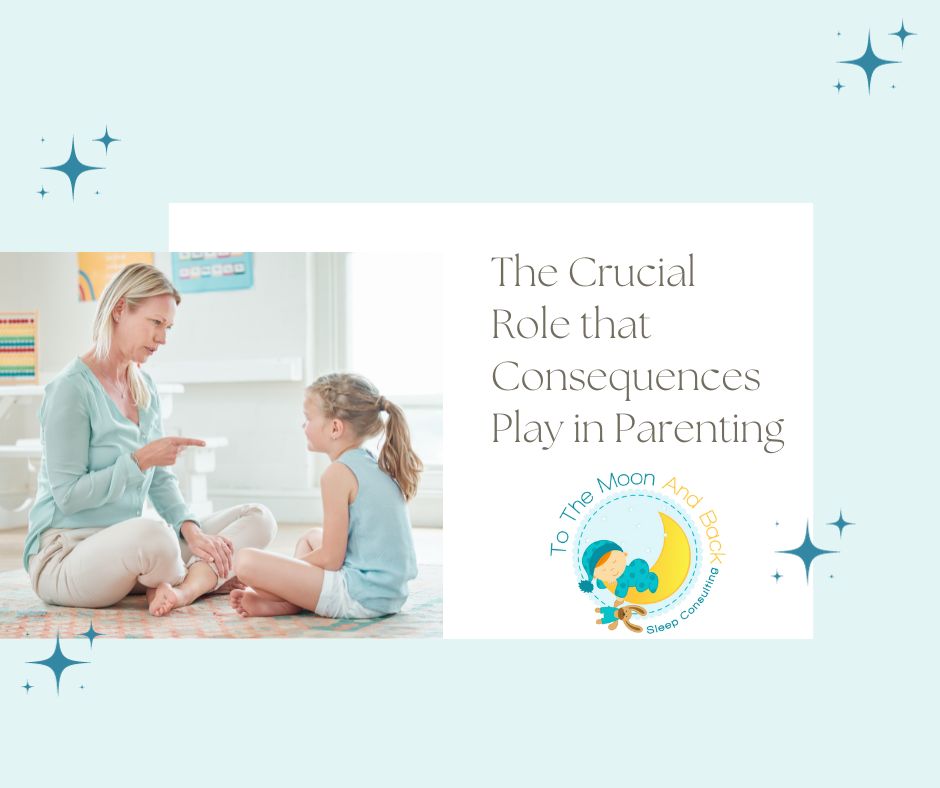
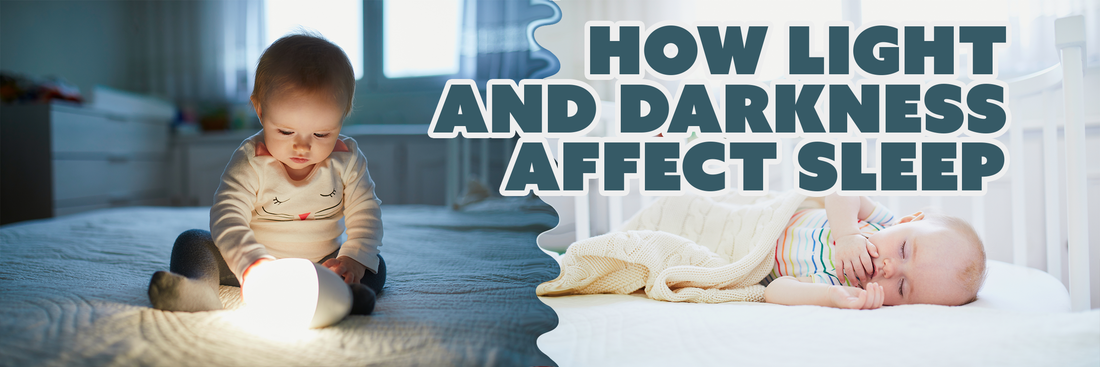
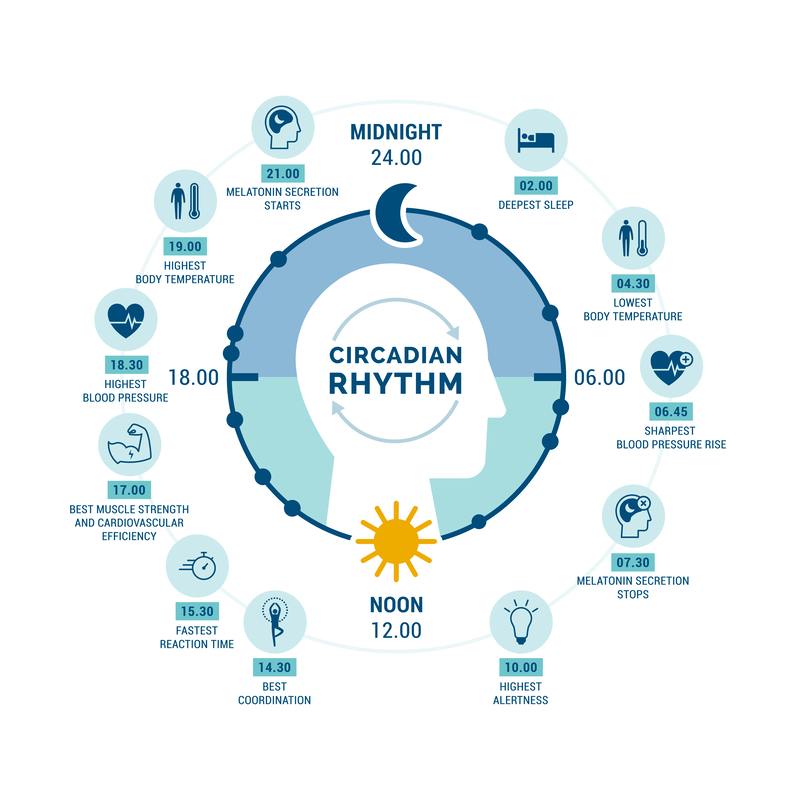
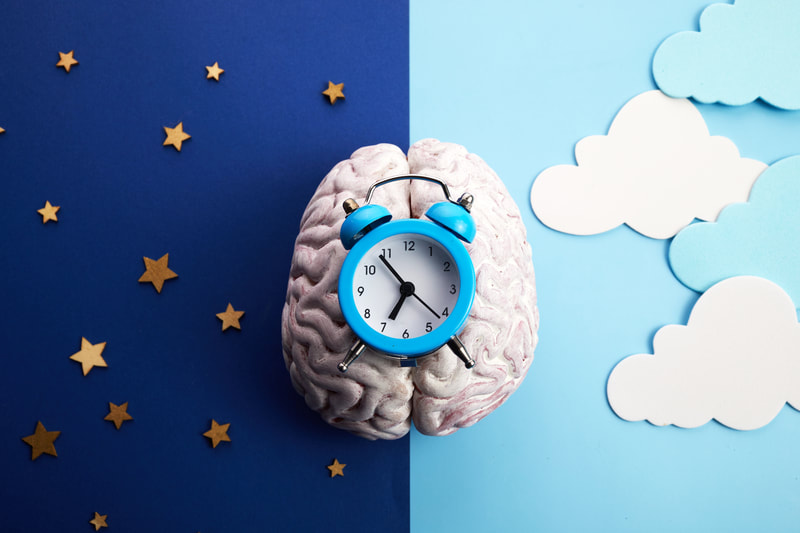
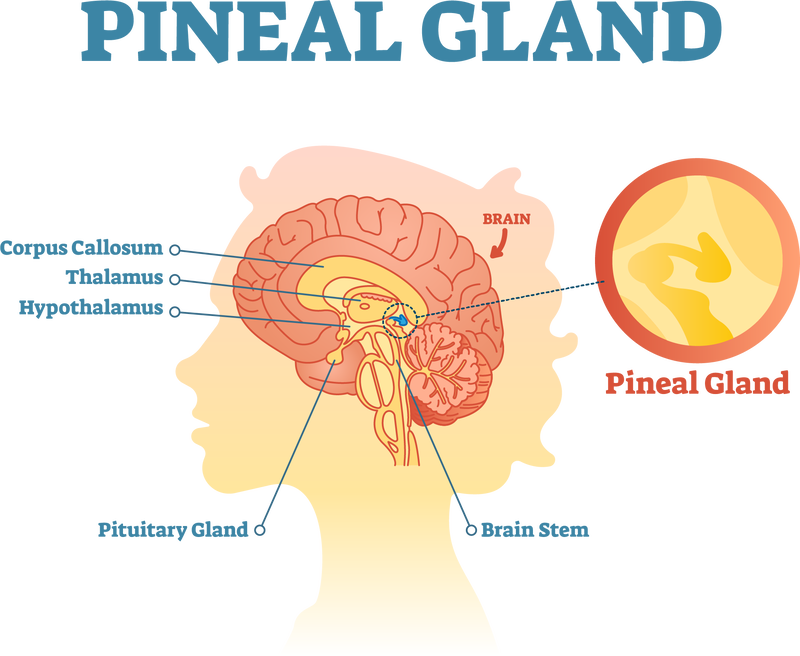
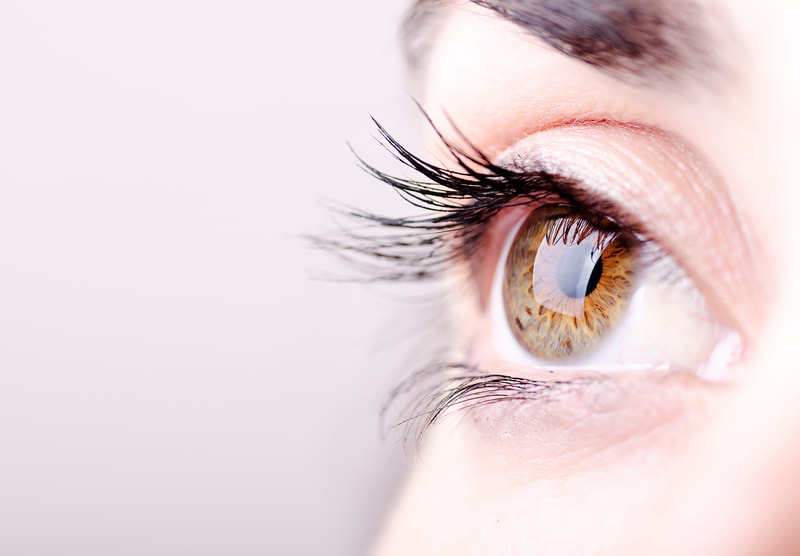








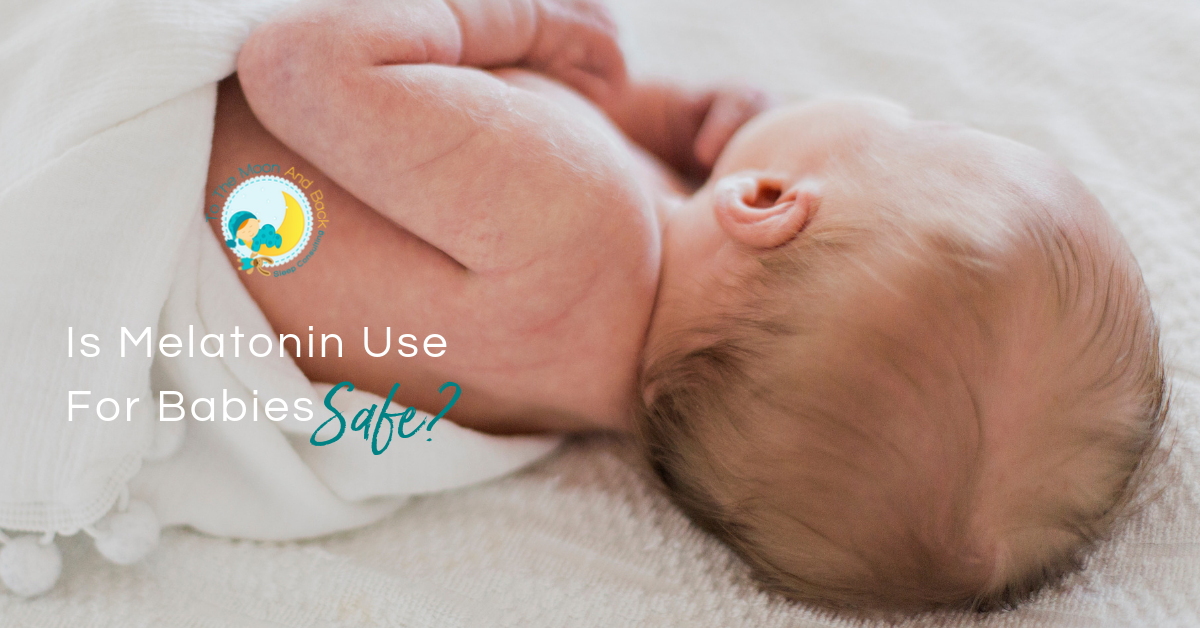
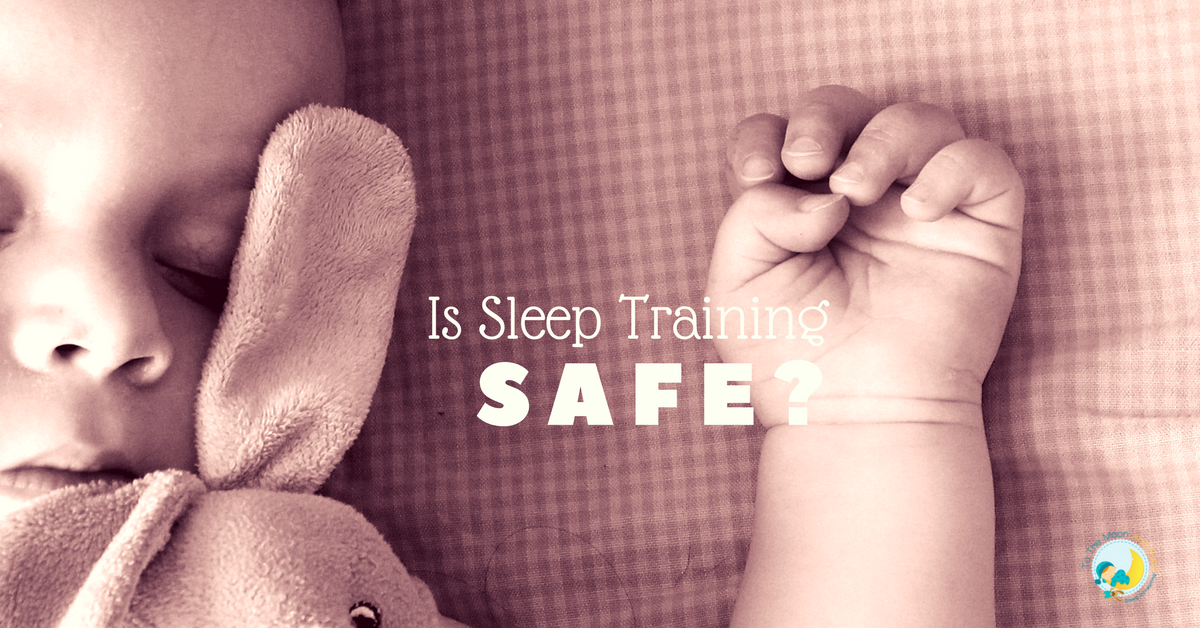
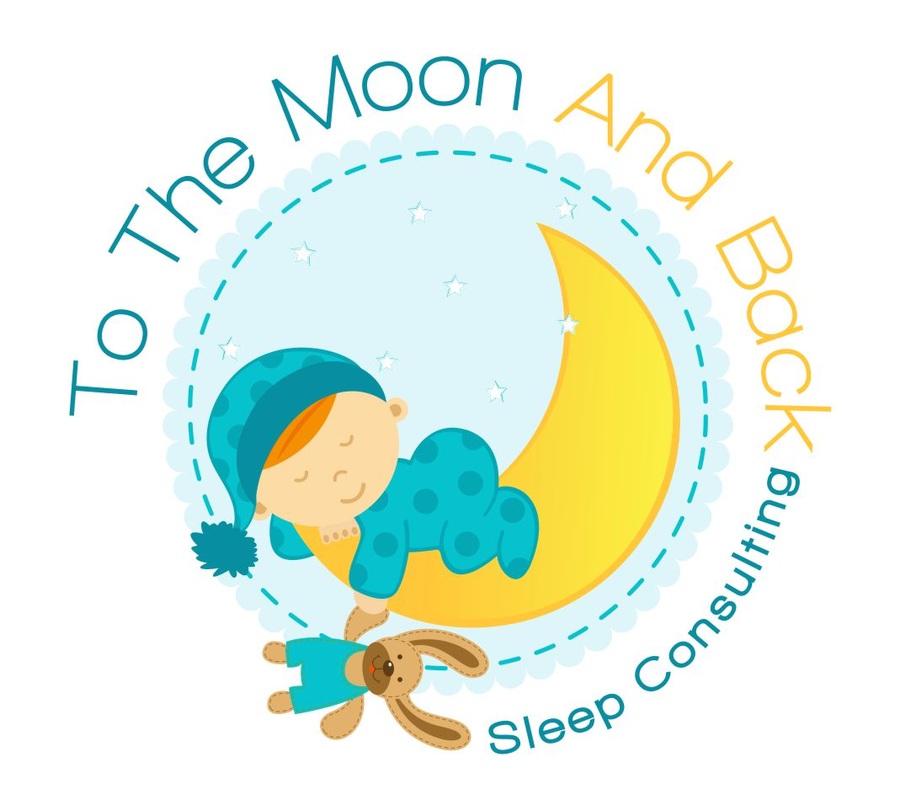
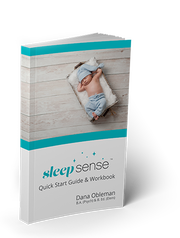



 RSS Feed
RSS Feed

